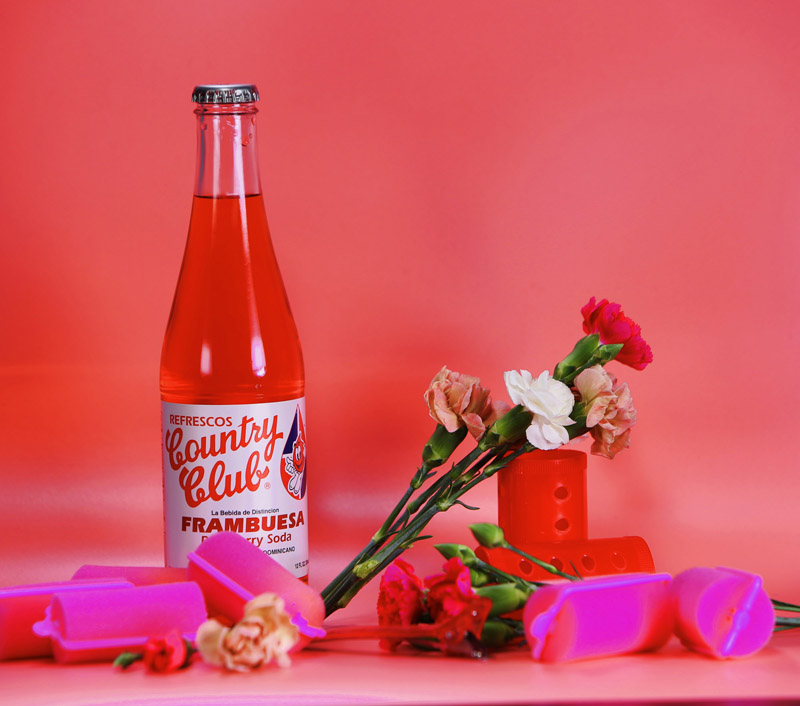March 24, 2021 - May 26, 2021, curated by Yelaine Rodriguez
Featuring artists: Elia Alba, Albany Andaluz, Renee Cox, Lelanie Foster, Maroon World (Travis Gumbs and Cynthia Cervantes Gumbs), Ariella Imena, Carla Lopez, Fabiola Jean-Louis, Wilfredo Suárez, Demi Vera
The photographers in Radical Elegance are subverting and actively challenging fashion photography as a genre, the elitist practices in the field, and the historical, technical, and stylistic approaches by creating their own. The photographers here are taking charge of their narratives, documenting their communities, and shedding light on Black, Indigenous, and people of color (BIPOC) cultures. They are capturing the tranquility and exuberance of BIPOC life: communities that historically mainstream publications erase from fashion’s purview. In doing so, they are radically reshaping the discourse within studio and street photography, bringing visibility to vernacular cultures.
While fashion photography dates to the mid-nineteenth century, it gains popularity in the early twentieth century as an advertising tool, as fashion increasingly becomes more accessible to the public. Historically fashion photography as a practice and genre is grounded on fantasy and unattainability for only the privileged of society, while excluding Black, Indigenous, and people of color. Fashion photographers often favor the elites and socialites as their muse, a trend that continues today. This preference cemented in the early days of fashion photography reflects the inequities within our community and illustrates the deprivation of BIPOC participation in society. The two leading advocates of fashion photography being Harper’s Bazaar and Vogue, beginning in the 1900s, took one hundred and twenty-six years to hire the first Black fashion photographer.
Together, the photographers in Radical Elegance push the boundaries generated by dominant narratives in mainstream media to a place where vernacular cultures and high fashion co-exist. Their work presents the intersections and overlapping realities of hybrid cultural identities. Employing photography as a storytelling and community-building tool, these artists examine through a political lens the development of Black and Brown fashioned identities. They highlight the beauty and style of BIPOC communities while simultaneously rejecting the historical colonial gaze that has overwhelmingly shaped the visual production of these marginalized communities on a global scale.






.png)





